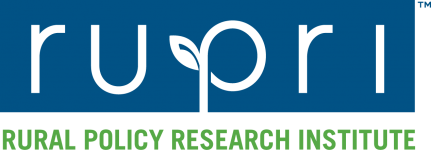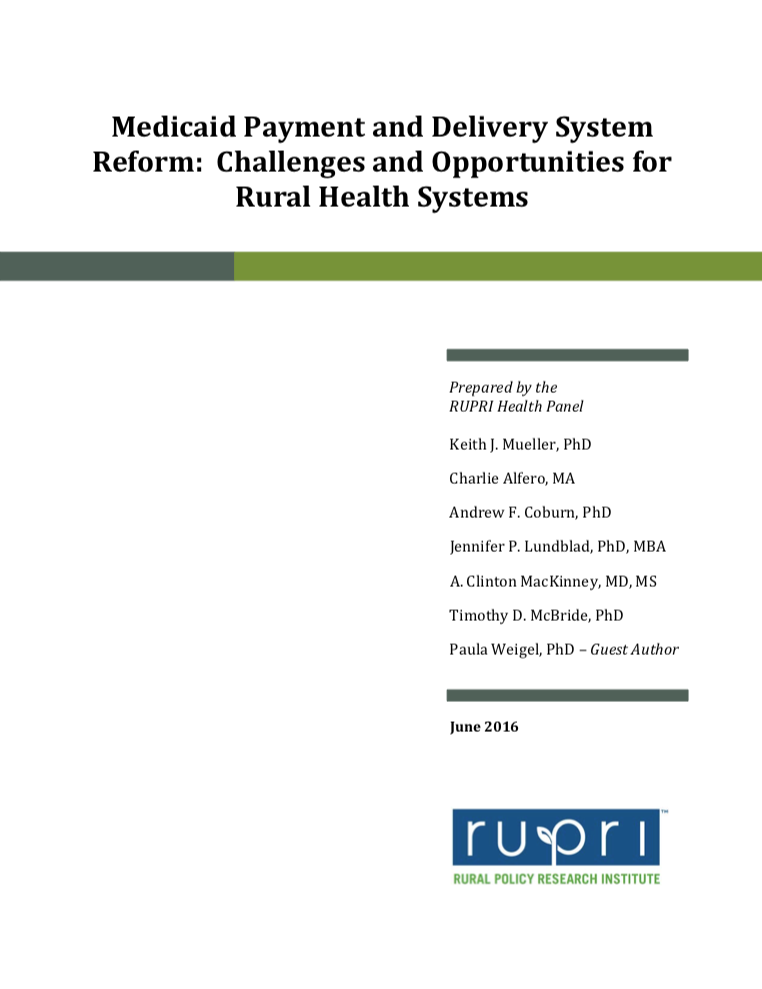Medicaid has grown significantly in its importance to rural health systems and communities; a higher proportion (22 percent) of rural residents was enrolled in Medicaid than Medicare (20 percent) in 2014. At the same time, the use of payment and delivery innovations has grown significantly, but varies across the U.S. As a result of expansions under ACA, Medicaid programs are crucial and growing sources of health insurance coverage and provider payments. For health providers of all types in rural areas, Medicaid programs are key sources of financing and significant contributors to local economies. As Medicaid programs have grown, new payment and delivery system models like shared savings programs are being developed that depart significantly from the way providers have traditionally been paid. In this paper, the RUPRI Health Panel examines the implications of changes in the design of state Medicaid programs and in their adoption of new approaches to provider payments for rural Medicaid beneficiaries, and on the capacity required to build and sustain high performing rural health systems.
The following documents were written by the RUPRI Health Panel in June 2016 which includes: Keith J. Mueller, PhD; Charles Alfero, MA; Andrew Coburn, PhD; Jennifer Lundblad, PhD, MBA; A. Clinton MacKinney, MD, MS; Timothy McBride, PhD; Guest Author, Paula Weigel, PhD. This work was conducted with support of the Helmsley Charitable Trust.


